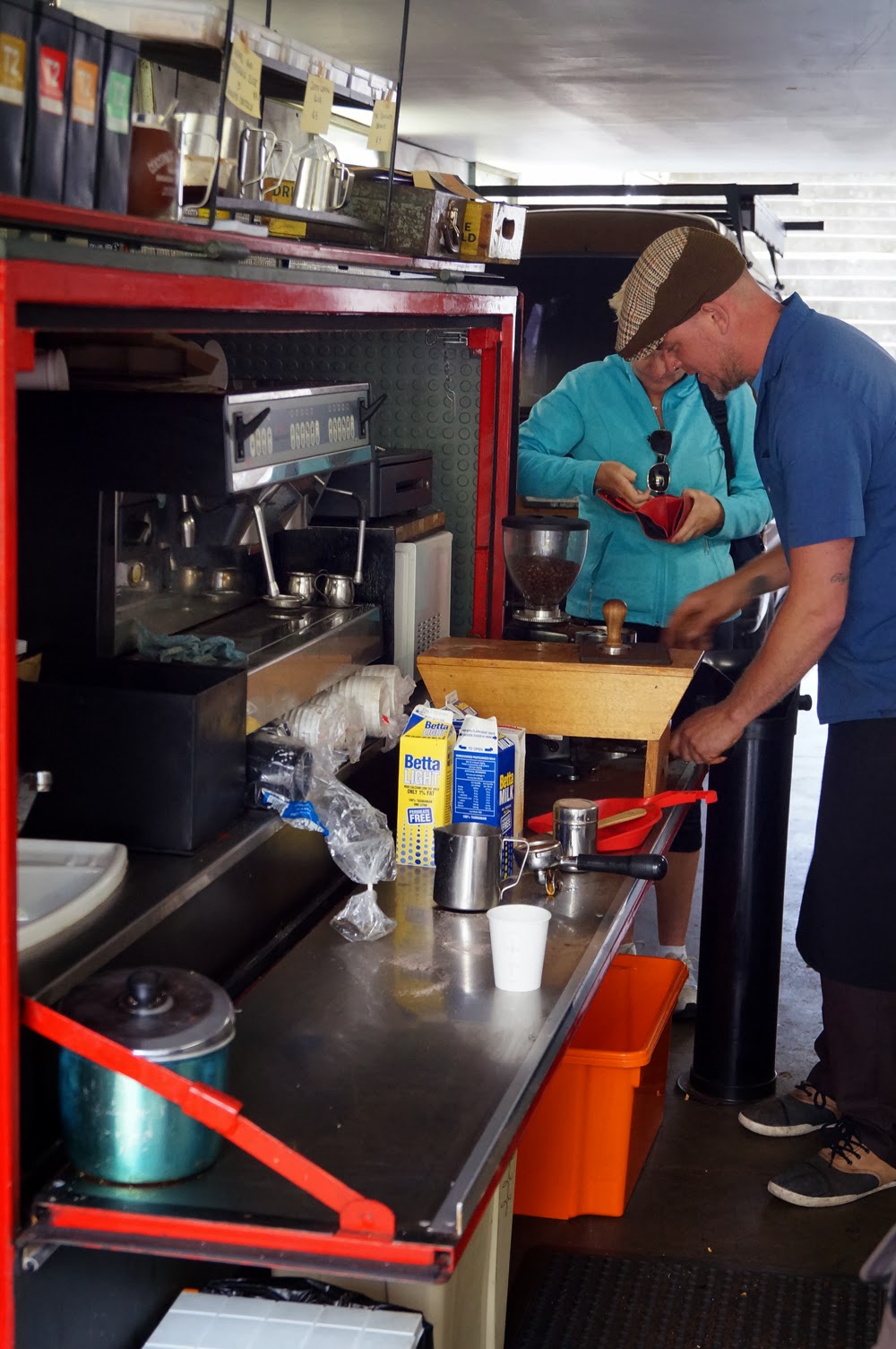Trying to cook some pieces of the notoriously temperamental kangaroo a few weeks later, I tried my hand at a crude and labour-intensive water bath. It involved a digital thermometer suspended in a pot of water, a gas stove, and almost constant manual adjustments. Extreme 'though this effort was, the tenderness of the resulting meat made a sous vide setup extremely tempting.
The existing home controllers sound great, but I enjoy designing and building my own cheap workarounds, not just buying someone else's. So that is my project: design and build a simple-to-operate sous vide waterbath.
Of course, sous vide presents a few problems. Firstly, the systems I'm trying to control run on 240V, well above the limit I'm allowed to work on without being a licensed electrician*. So I'll be attempting to work out an ELV (extra-low voltage) system to control the LV 240V components. I know that most DIY solutions involve illegal 240V wiring, but I'll try to keep this design above board. The proximity of electronic components to water is also a problem, but one that is far easier to overcome.
To guide me on my way through this project, here are the basic principles I'm trying to stick to:
- Wiring is to be legal (although this should go unsaid, it generally can't when the DIY initialism gets involved with electricity)
- As much as is possible, components are to be homemade
- Unit must be small enough to fit into our already crowded kitchen storage
- While in use, waterbath temperature must be maintained at set-point ±0.5°C while food is being added, and have a steady state temperature of set-point ±0.2°C.
Breaking up the design:
Sous vide systems consist of a few basic parts, some of which I'll be making and others I'll probably have to buy.
- #1 Water Heater: DIY systems typically use either an off-the-shelf slow cooker/rice cooker, or a plastic tub and the heating element from a kettle. If I can find a legal way to do it, a variant of the latter approach appeals to me far more than the former.
- #2 Water Circulation: Neglected in many home systems (including the commercially produced ones), appropriate water circulation through the water bath is critical for maintaining consistent temperatures. Otherwise distinct hot- and cold-spots will develop.
- #3 Temperature Sensor: For simplicity and reliability, this will probably be a purchased thermocouple probe connected to my controller.
- #4 Temperature Controller: This encompasses a range of sub-systems, including: input from the temperature probe, set-point adjustment and display, temperature display, PID feedback control, feed-forward control (not really necessary, but I have been itching for an excuse to use it for a few years and I'll be trying to find a way to incorporate it into this) and a PWM output.
- #5 Switching Module: The simplest product for this would be a SSR (Solid-State Relay) wired between the water heater and the 240V outlet, but that falls prey to the whole problem of being illegal.
Now, the keen among you may well point out that the entirety (apart from the feed-forward control) of #4 could be supplied by an off-the-shelf PID temperature controller, countless examples of which are available for purchase across the internet, but I do really want to integrate feed-forward control if possible, and most of these systems suffer from a few issues that I'll outline later.
* Those among you who are endowed with good memories may recall that I was an Electrical Engineer before retiring a little over a year ago, but being allowed to write a specification for an 11,000V generator is not the same as being allowed to tighten the screw on a 240V junction box.





